Electric bikes (e-bikes) use different types of batteries, and the choice of battery affects range, performance, safety, and cost. Over time, e-bike battery technology has evolved from heavy, short-lived types to today’s lightweight and efficient lithium options.
Comparison of Battery Types for Electric Bikes
| Battery Type | Advantages | Disadvantages | Safety Level | Common Use Today |
| Lead-Acid (SLA) | Low cost, easy to find | Heavy, short lifespan, slow charging, not eco-friendly | Low | Rare |
| Nickel-Cadmium (NiCd) | More energy-dense than lead-acid, durable | Expensive, toxic, memory effect | Medium | Obsolete |
| Nickel-Metal Hydride (NiMH) | Higher density than NiCd, less toxic | Heavier, moderate self-discharge | Medium | Rare |
| Lithium-Ion (Li-ion) | Lightweight, high capacity, fast charging | Higher cost, needs battery management | High | Standard |
| Lithium Polymer (Li-Po) | Flexible shapes, lightweight, high discharge | Expensive, sensitive to damage | Medium-High | Limited |
| Lithium Iron Phosphate (LiFePO₄) | Very safe, long life, excellent stability | Lower energy density, bulkier | Very High | Growing use |
Main Types of E-Bike Batteries
1. Lead-Acid Batteries (SLA)
Cheap but outdated; heavy with short range. Almost phased out in modern e-bikes.
2. Nickel-Cadmium (NiCd) & Nickel-Metal Hydride (NiMH)
Better than lead-acid but environmentally problematic (NiCd) or less efficient (NiMH). Rare today.
3. Lithium-Ion (Li-ion)
The most common type today. Offers great balance of weight, range, and performance. Needs careful charging and management for safety.
4. Lithium Polymer (Li-Po)
A subtype of lithium-ion, lighter and flexible in design. Found in some performance e-bikes but less common due to cost and sensitivity.
5. Lithium Iron Phosphate (LiFePO₄)
The safest option. Extremely stable, less prone to overheating, long lifespan, though bulkier and costlier than regular lithium-ion packs.
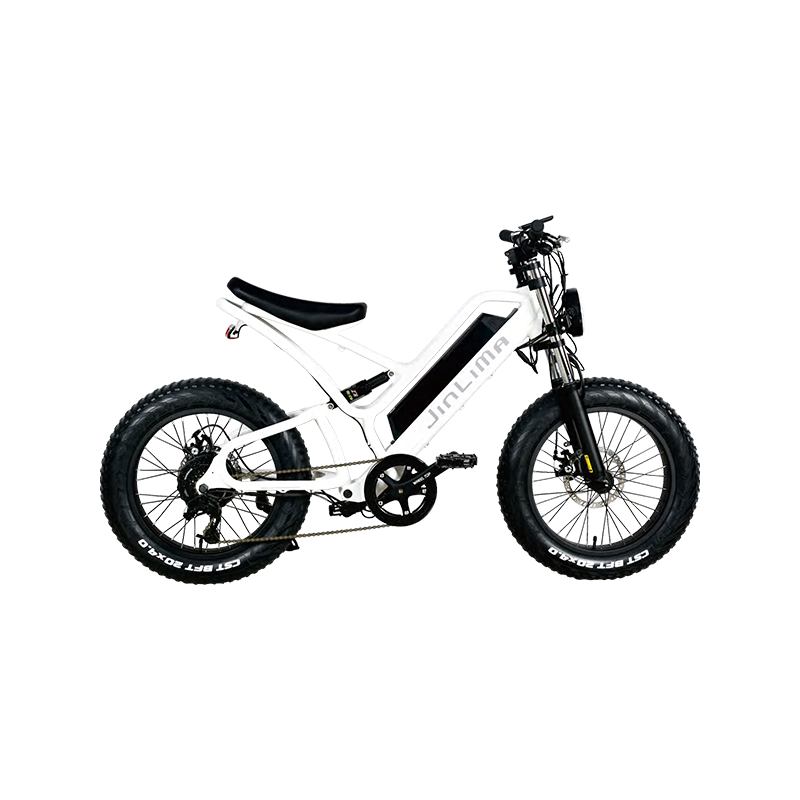
Which Battery Is the Safest?
- Lithium-Ion (Li-ion) → Best for mainstream use, balancing range and performance.
- Lithium Iron Phosphate (LiFePO₄) → Safest choice, highly stable, longest lifespan, minimal fire risk.
If your priority is compact design and long range, Li-ion is suitable. If your priority is safety and long-term durability, LiFePO₄ is the best.


 0
0


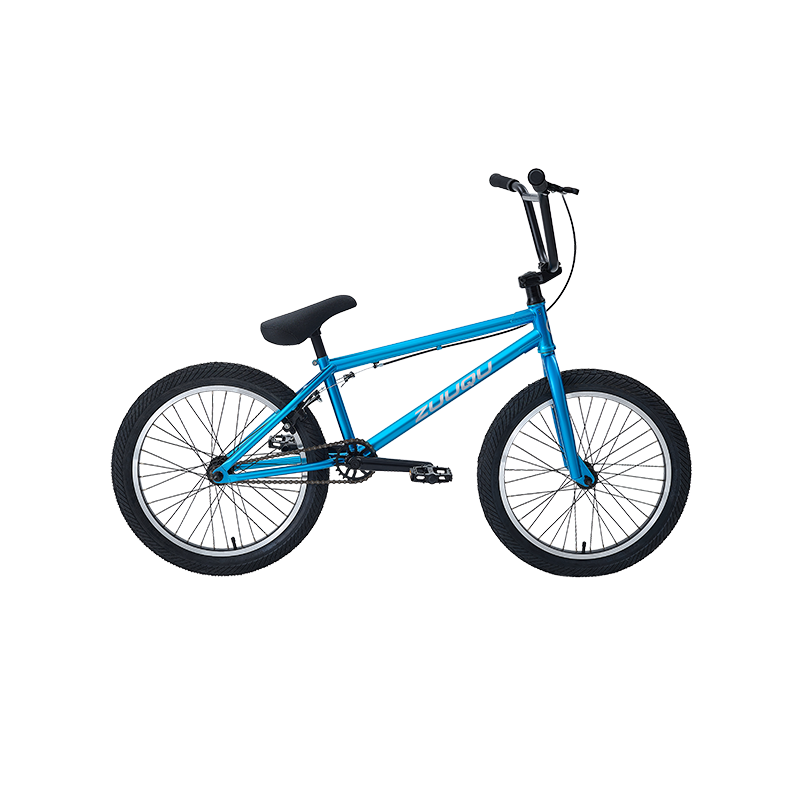

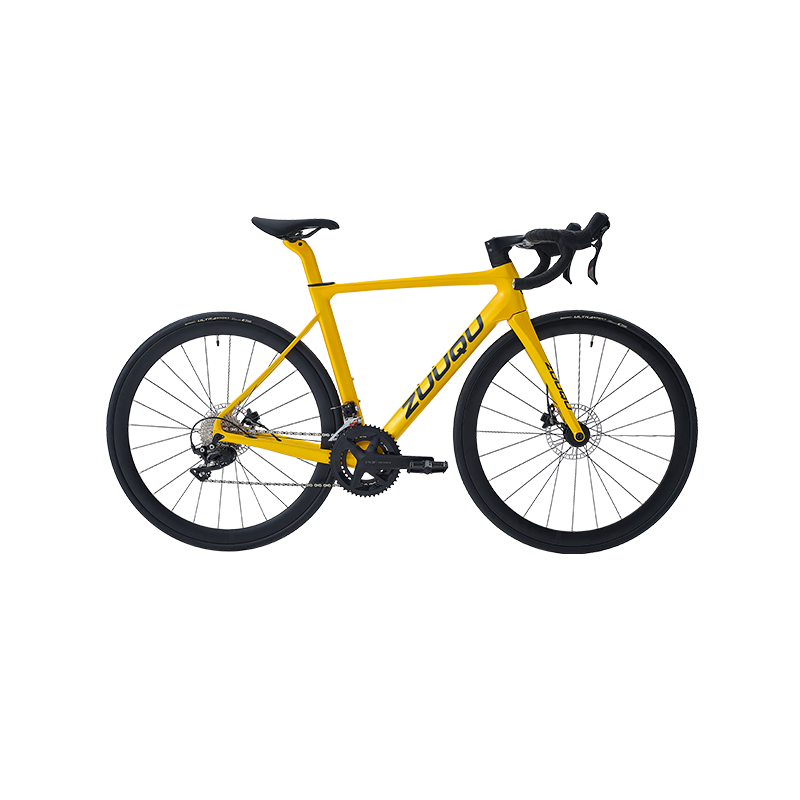

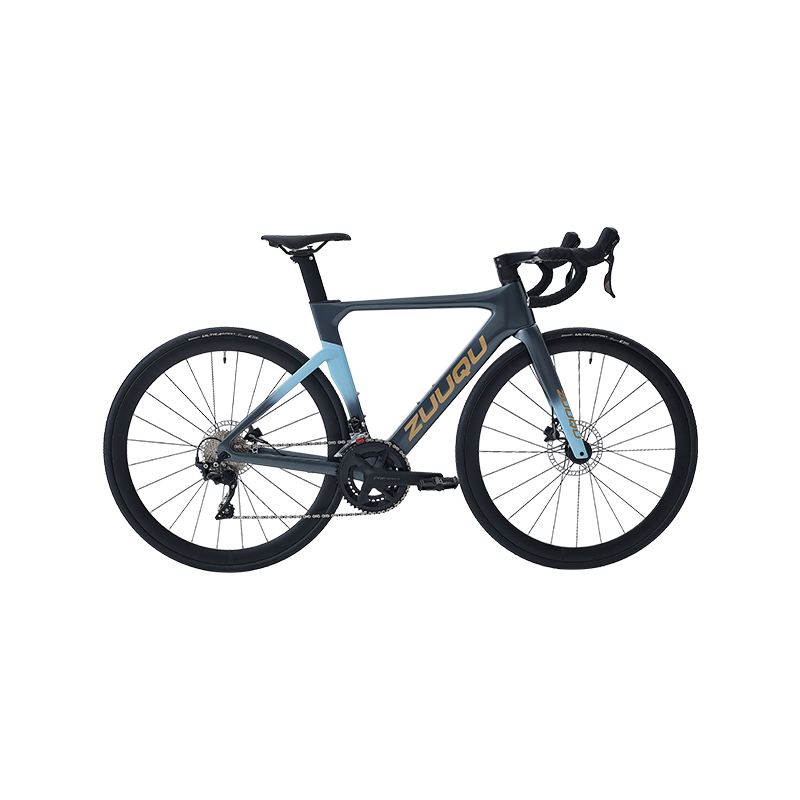
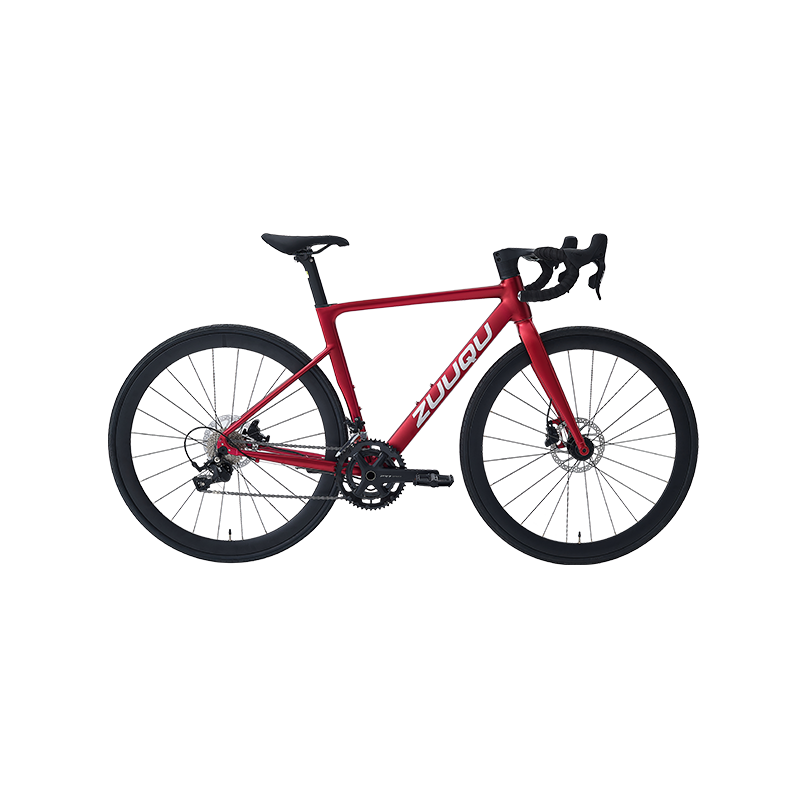
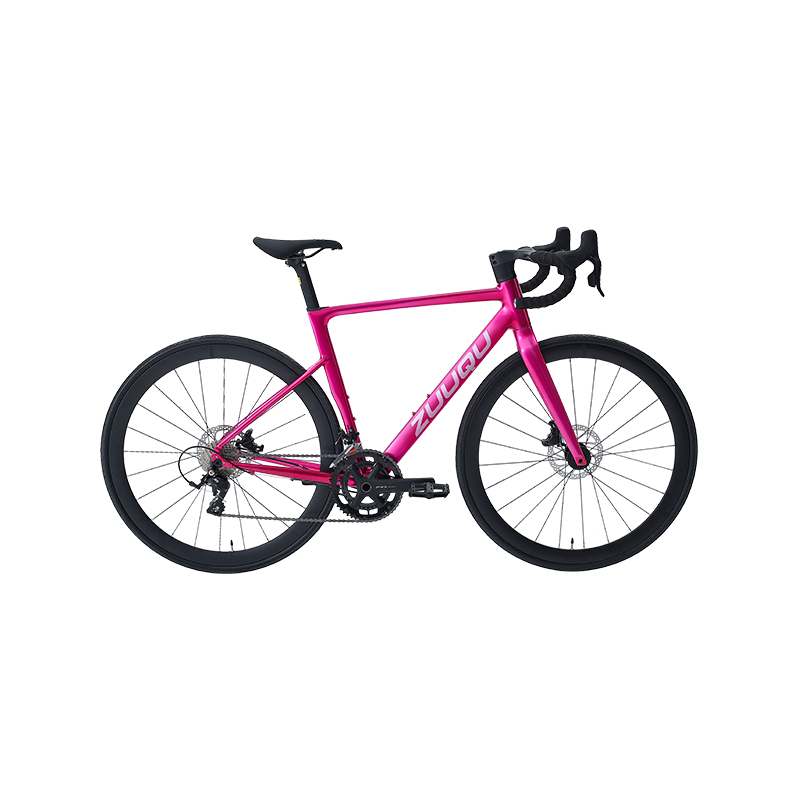
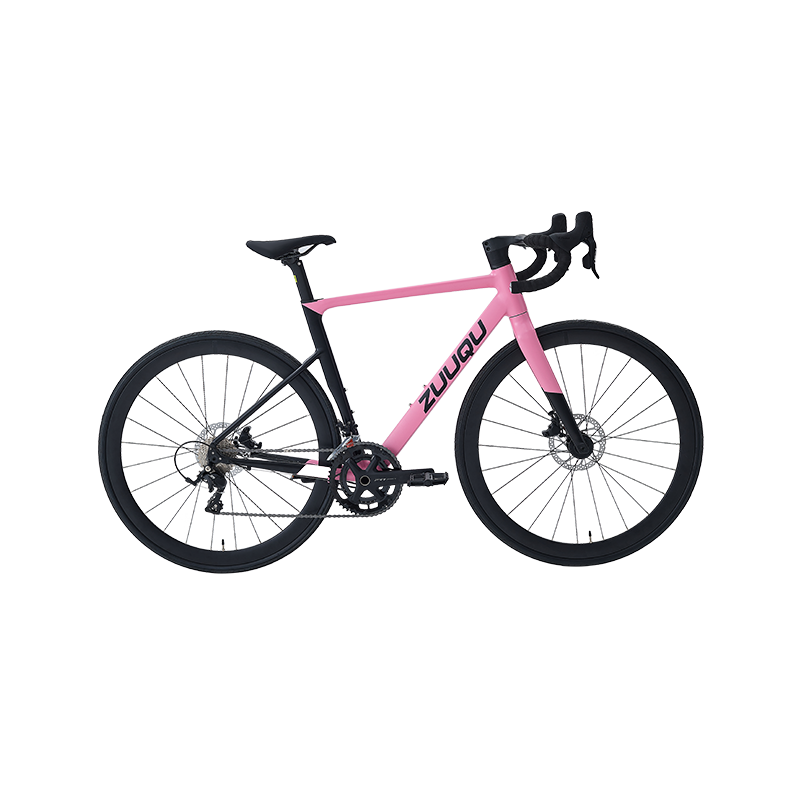
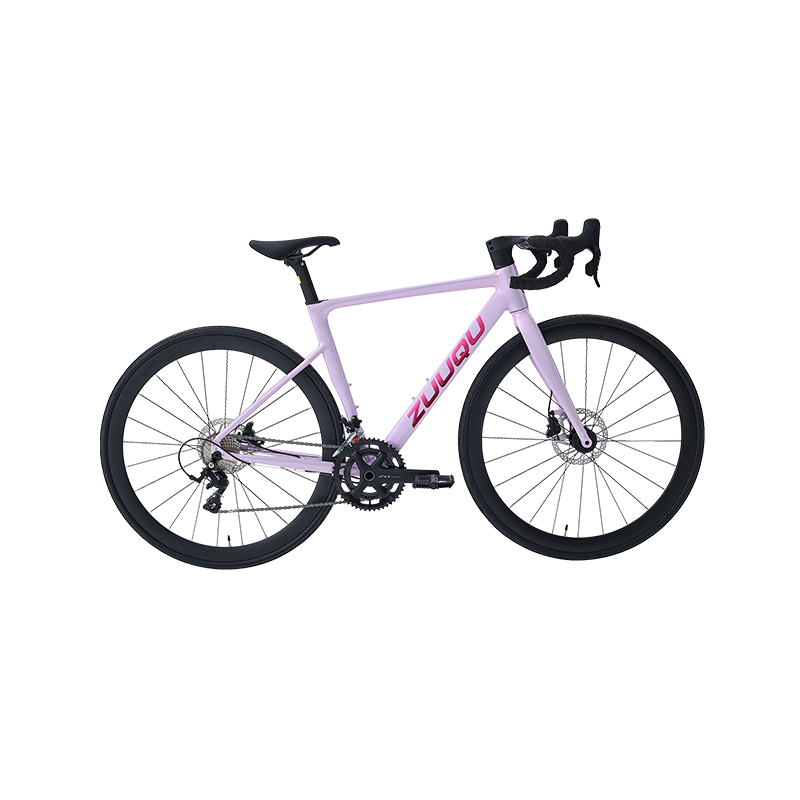
 Linhang industry park, Zhuji,
Linhang industry park, Zhuji,  +86-18858280688
+86-18858280688
